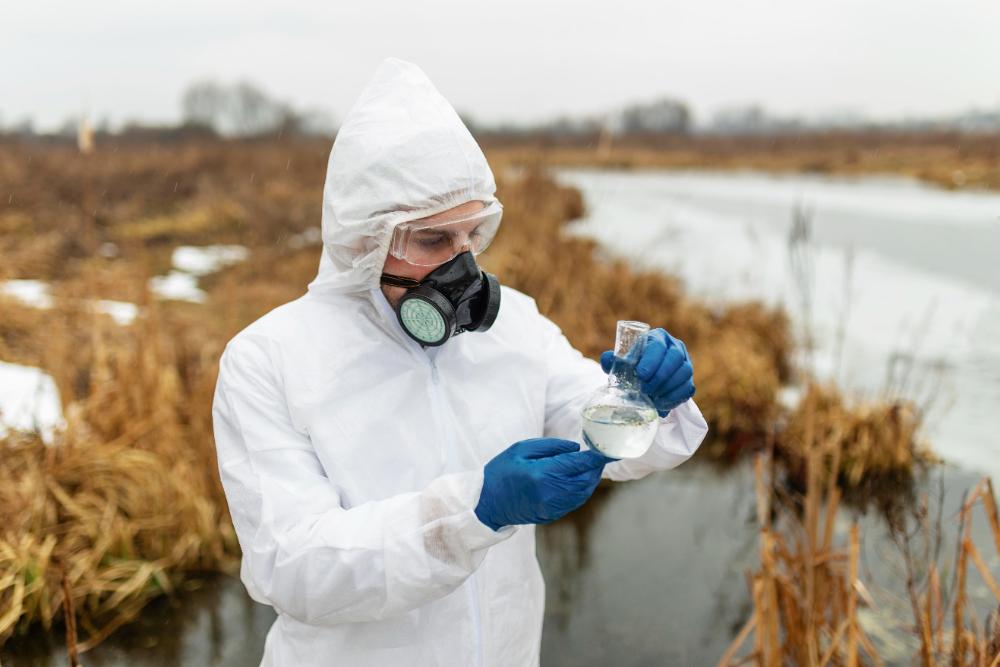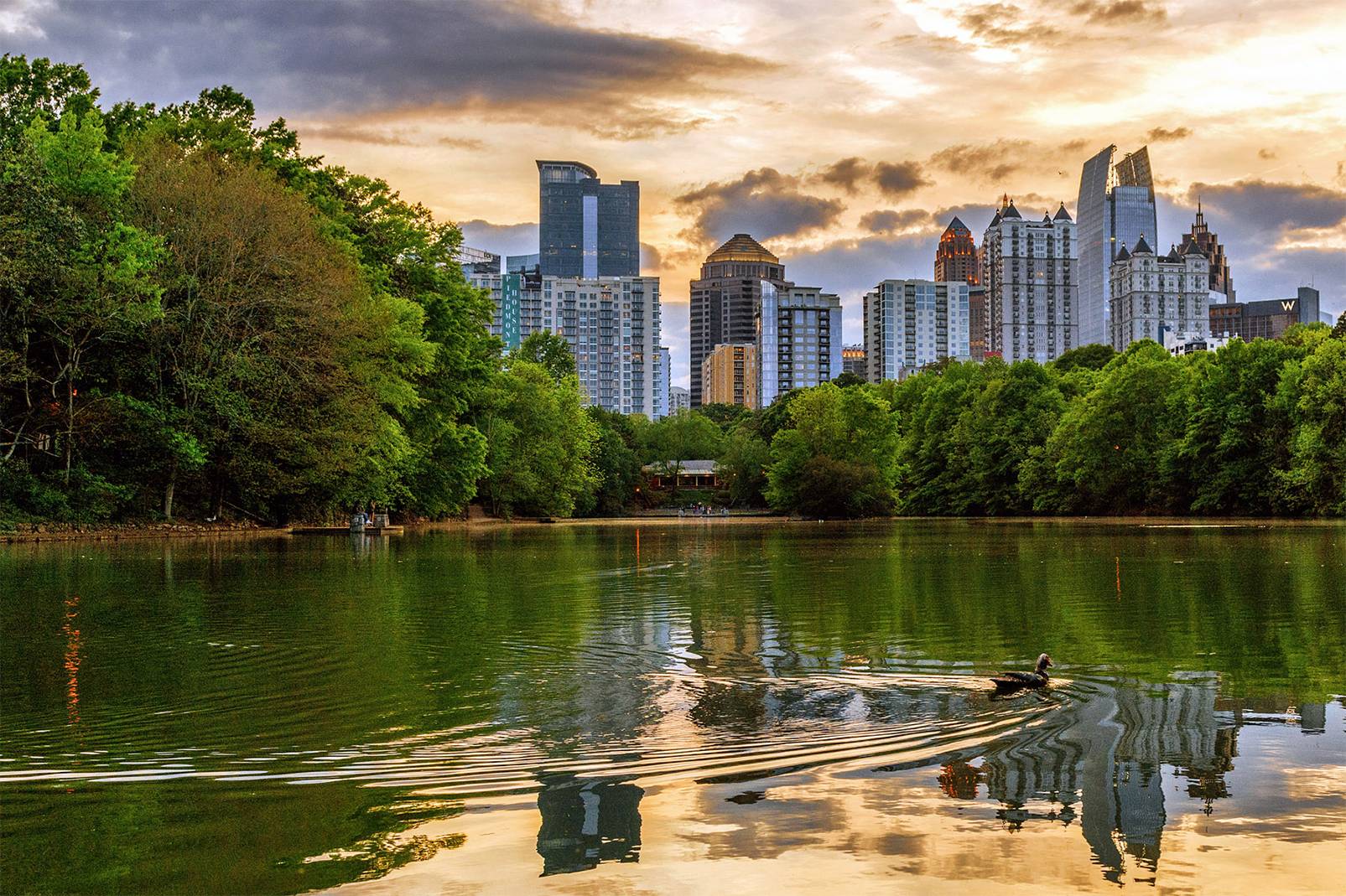Severity: Warning
Message: fopen(/home/restorationatl/public_html/system/cache/ci_session9ca662f397b99be9d2a499af128c19bf4e34838b): failed to open stream: No space left on device
Filename: drivers/Session_files_driver.php
Line Number: 520
Backtrace:
File: /home/restorationatl/public_html/application/controllers/Blog.php
Line: 21
Function: library
File: /home/restorationatl/public_html/index.php
Line: 286
Function: require_once
Severity: Warning
Message: session_start(): Failed to read session data: user (path: /home/restorationatl/public_html/system/cache)
Filename: Session/Session.php
Line Number: 427
Backtrace:
File: /home/restorationatl/public_html/application/controllers/Blog.php
Line: 21
Function: library
File: /home/restorationatl/public_html/index.php
Line: 286
Function: require_once

Glyphosate is the active ingredient used in many herbicides that kill weeds and plants, and it has been involved in court cases. Naturally, property owners with lakes and ponds on the premises are concerned about the safety of products with this ingredient.
In this brief article brought to you by Aquatic Restoration, we shed light on this herbicide. We’ll explore risks and precautions to take and suggest some best practices for safe usage. If you’d rather leave your lake and pond maintenance to trained professionals, then call Aquatic Restoration to hire a uniformed pond specialist in Milton, GA.
Glyphosate is the active ingredient in many herbicides used to control weeds and invasive plants. It works by inhibiting an enzyme critical for plant growth. While effective on land, its use in aquatic environments requires careful consideration because the impact depends on the formulation and the surrounding ecosystem.
The safety of glyphosate in water bodies largely depends on its formulation. Not all glyphosate-based herbicides are approved for aquatic environments. Products like RoundUp® include surfactants that can be harmful to fish and other aquatic organisms.
However, certain glyphosate formulations specifically designed for aquatic use are generally considered safe when applied correctly. Studies and regulatory reviews, including those by the U.S. Environmental Protection Agency (EPA) and the European Food Safety Authority (EFSA), have concluded that glyphosate-based products can be safe when used as directed.

The key is to adhere to proper application methods which minimize risks to the environment and non-target species. Improper use of glyphosate or applying it in excessive quantities can have significant consequences, including but not limited to:
If glyphosate use is deemed necessary, then choose one labeled for aquatic use and make sure to follow the instructions on/in the product’s packaging to ensure safe and effective application. Typically, this involves:
For those concerned about chemical use, there are alternatives worth considering. Some of these strategies for maintaining aquatic health include:
If you’re still scratching your head, then consider leaving the lake and retention pond maintenance to trained and experienced professionals. Contact Aquatic Restoration to hire uniformed specialists. Our team is ready to take your call or message today.
Algae and contaminants are hands down among the most common and frustrating problems that pond owners face today. Excessive algae…
Recreational lakes are valuable community and private assets, offering opportunities for boating, fishing, swimming, and relaxation. Over time, however,…
Stormwater ponds form a part of modern stormwater management systems. As the name suggests, they collect and manage runoff from…
Sediment buildup is one of the biggest threats to lakes and ponds. It not only impacts water quality but also…
If you own a pond or lake, you know that proactive maintenance is an integral part of keeping the…